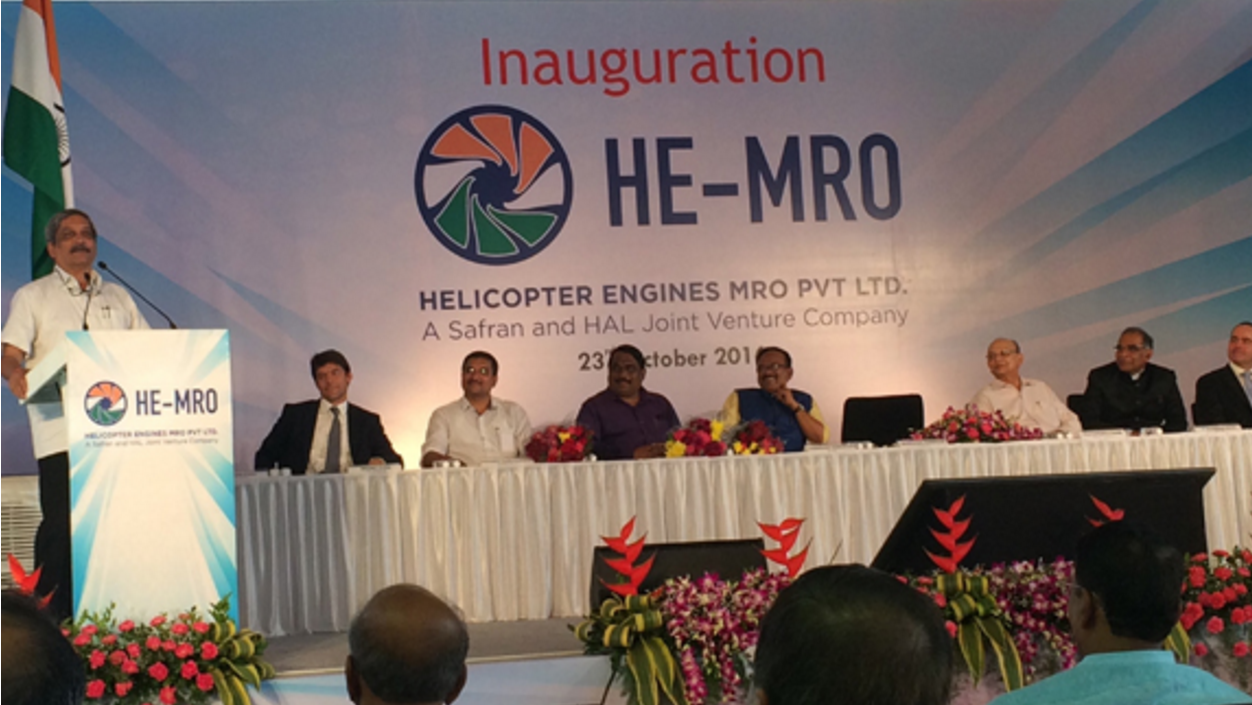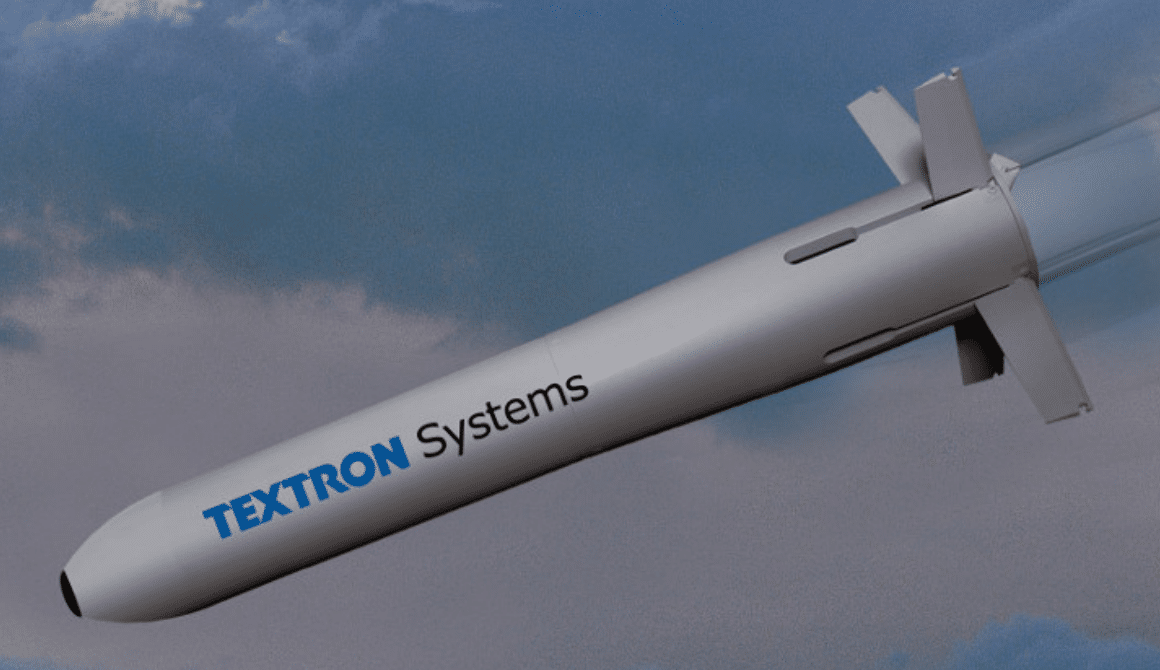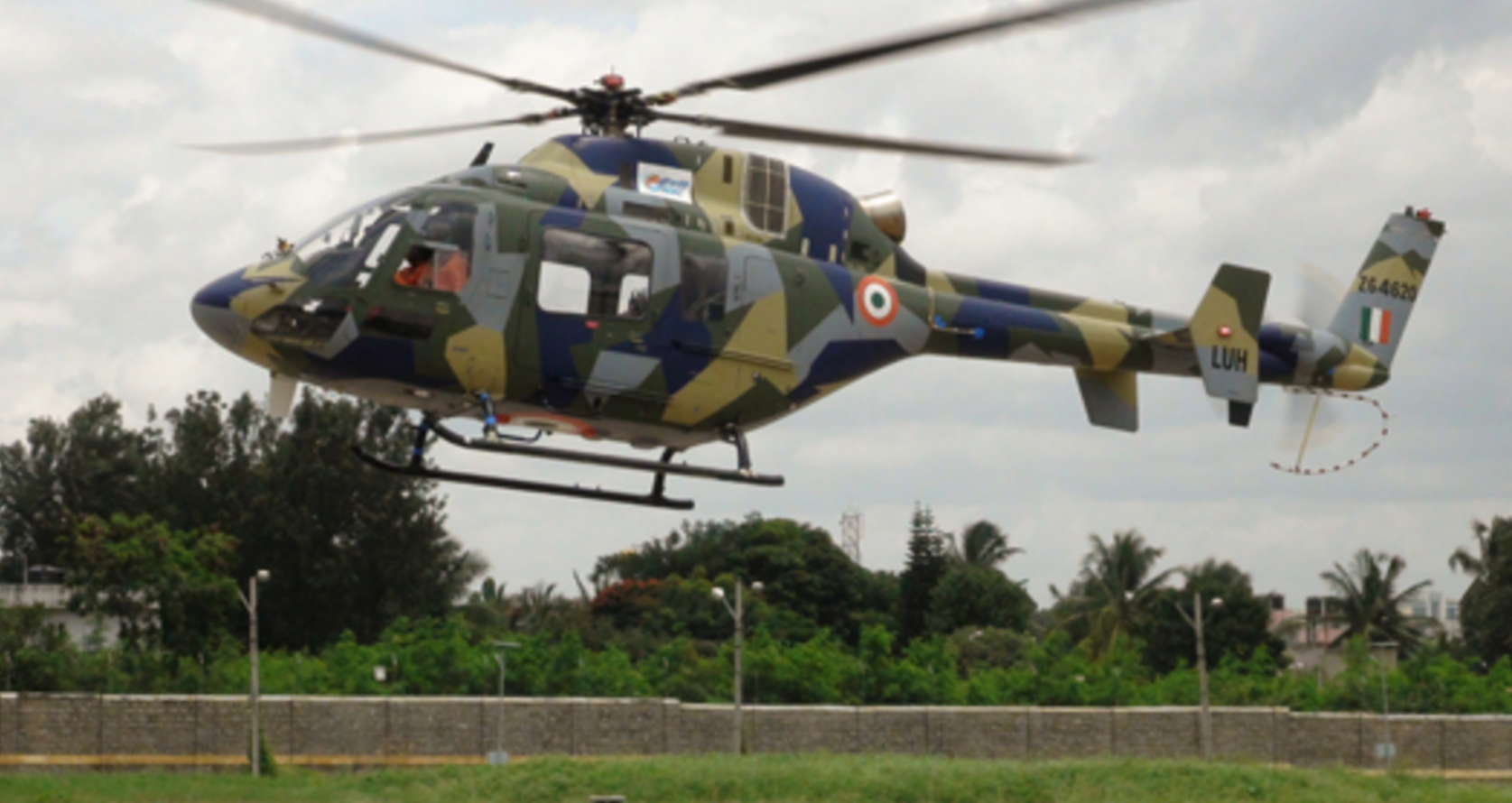2335Views 4Comments

HAL & Safran inaugurate joint MRO facility
Hindustan Aeronautics Limited (HAL) and France’s Safran Helicopters Engines inaugurated a jointly-owned maintenance, repair, and overhaul (MRO) facility to support the Turbomeca TM333 2B2 and Turbomeca-HAL Shakti turboshafts in use in India (via the HAL Dhruv, Cheetah, and Chetak).
As per an official press release by HAL, the MRO facility was raised in Sattari District in North Goa.
The new facility is expected to “improve customer satisfaction through improved serviceability, reduced cycle time for [repair and overhaul], availability of spares, troubleshooting, field support and modifications to overcome design deficiencies.”
In addition to supporting the domestic user base, the facility will also be geared to support overseas users as well, including other Safran turboshaft models. Certified Maintenance Centers for onsite support will also be established several bases in India (no specific mention of whether these will be limited to just government or defence users).
Notes & Comments:
Safran will also be playing a key role in channeling investment into India via the agreed-upon commercial offset obligations accompanying the Dassault Rafale purchase for the Indian Air Force. In fact, Safran had reportedly offered to invest $1.12 billion U.S. in the Kaveri, India’s homegrown turbofan program.
While the capital has essentially come from India (to pay for the Rafale), Safran’s input could be valuable for the aero-engine maker’s long-established expertise and existing technology intellectual property, the infusion of which could help the Kaveri overcome its final developmental thresholds.
The HAL-Safran MRO facility was to be expected considering the amount of adoption the TM333 2B2 and Shakti are seeing in India. That said, the push to secure third-party contracts from overseas users, many which could be in the private sector, will be a key metric to observe. Growth in that respect could enable the Government of India and Safran to accrue direct returns – and profit – off the facility.



4 Comments
by SS_IND
Great news for Indias Defence Industry as engine critical technology and development will happen within the country. Hopefully the single engine deal would also be completed and implemented soon.
by MT
It would have been great if a pvt sector undertaking would have tied up with offset vendors
HAL is driven by mediocre, sarkari babu culture run by marxist communist union who have sabotaged our Indian industrial development since 70’s at behest of their masters in china.
HAL just cant make 1 nut,1panel of same design without introducing design,manufacturing flaws.
All their work is catered towards outsourcing to pvt sector . Having visited HAL once, I have seen how failed that organisation is at engineering level. Their entire operation is built around tenders and procurement.
IF we leave aside the high end R&D work at scientific level, HAL is incapable to undertake any project
Without support of Indian pvt sector vendors and precision manufacturer such as TAML,L&T ; HAL would be look alike of Ordinance factory.
1.They have moved their entire fuselage manufacturing of tejas,Su30,LCH,Dhruv to pvt sector.
2.Failed to build cockpit,trivial parachutes, canopy despite being provided with elegant design from DRDO
3. Failed to make proper landing gear for tejas. They simply copied Su30 MKI & made it over complex
4. They have been slow at integrating new subsystems such as Israeli Elta 2032 radar, missile into Su30,Tejas.
5. Despite having 50 yrs of aeronautical experience, HAL failed to develop intermediate jet trainer HJT Sitata; introduced serious design error leading to failure of tail spin test! The entire program will need another 5-6 yrs to redesign & testing
The only suggestion for govt is to privatize/dis-invest HAL and share all their IP/research with local pvt sectors otherwise over-dependence on fat cow HAL is national security risk.
=>The way to go ahead is to make a consortium of 5-6 major pvt aeronautical company on basis of their capabilities and incentivize them to compete against HAL.
=> Allow the consortium to develop F16 block 70 with support from Lockheed martin
=> Keep fake wanna be defence company such as Reliance away from such serious business
=> Shun all offset/integration contracts of Rafale to Reliance Defence which has zero experience in all industry minus shipyard!
by MT
Long way to go for Safran in fighter jet engine category.
1. Safran wants complete IP and would sell their engine to HAL on 50-50 equity basis which will make it more costlier than imported/assembled GE engines
Lately, its in indian interest to ask US govt to allow “GE india” manufacture their engine in India. GE India has revenue of 10-12 bill$ yearly from India,so they are more likely to manufacture engines with more indigenous components!
Ge already manufacturing powerful locomotive in India. They understand Indian requirement & our industrial ecosytem better than french companies
2. But there is need to indigenize Turbomeca-HAL Shakti turboshafts in India. Given HAL will manufacture 1000 Dhruv future variant such as LUH,LCH in future so we should ask Safran to produce turboshaft with local components
by SL
HAL needs to be broken up for more efficient organization. For example, Tejas should be manufactured by a separate company, and all MRO work by separate company. All helicopter production in yet another company. HAL is too bulky and slow and ineffective. HAL can be a holding company of 4 or 5 separate companies under it.